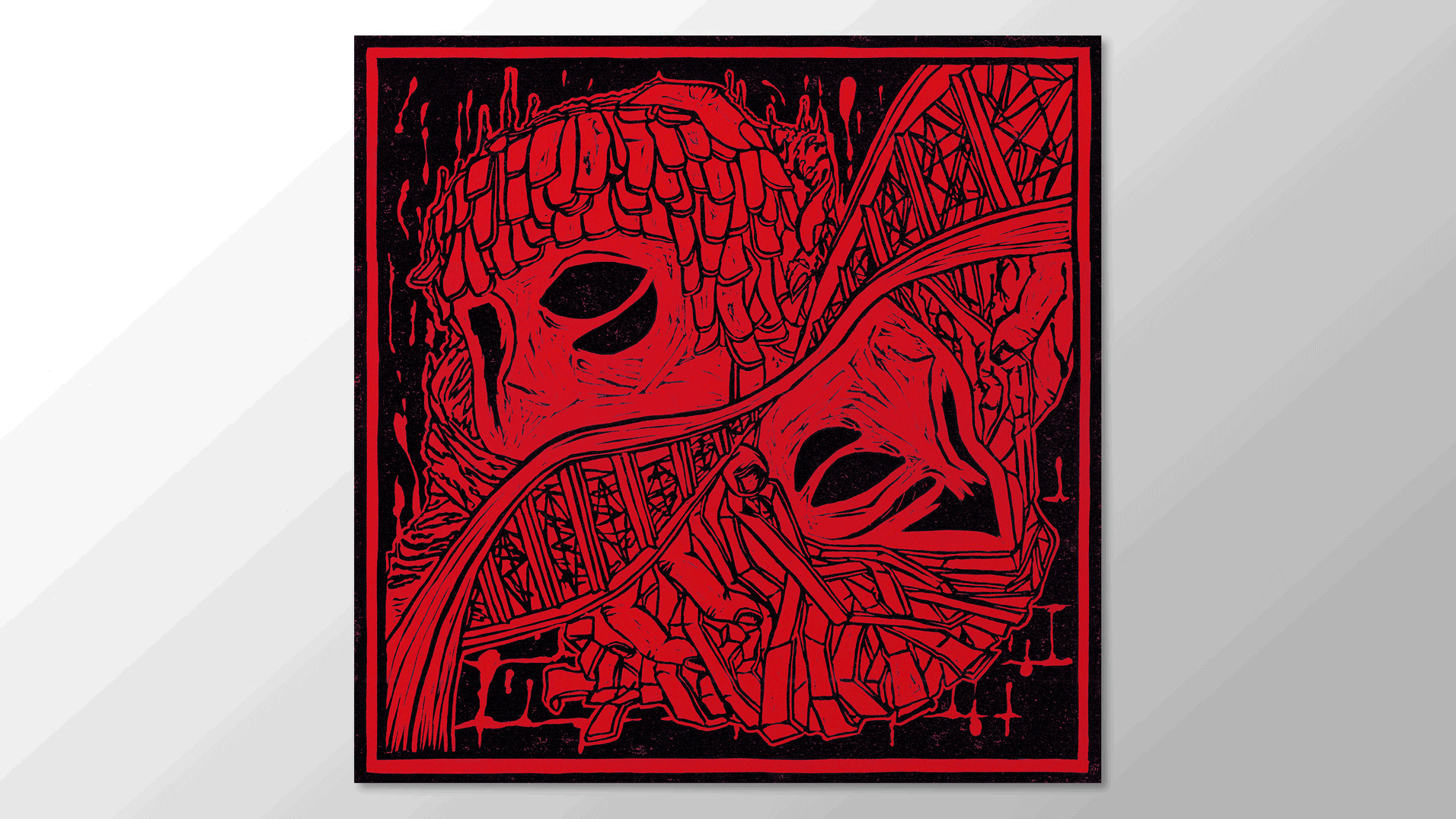
NG PEILING
Graphic & Editorial Designer
 |
|---|
 |
 |
 |
"Valdrada" from Invisible Cities, by Italo Calvino
The ancients built Valdrada on the shores of a lake, with houses all verandas one above the other, and high streets whose railed parapets look out over the water. Thus the traveler, arriving, sees two cities: one erect above the lake, and the other reflected, upside down. Nothing exists or happens in the one Valdrada that the other Valdrada does not repeat, because the city was so constructed that its every point would be reflected in its mirror, and the Valdrada down in the water contains not only all the flutings and juttings of the facades that rise above the lake, but also the rooms' interiors with ceilings and floors, the perspective of the halls, the mirrors of the wardrobes.
Valdrada's inhabitants know that each of their actions is, at once, that action and its mirror-image, which possesses the special dignity of images, and this awareness prevents them from succumbing for a single moment to chance and forgetfulness. Even when lovers twist their naked bodies, skin against skin, seeking the position that will give one the most pleasure in the other, even when murderers plunge the knife into the black veins of the neck and more clotted blood pours out the more they press the blade that slips between the tendons, it is not so much their copulating or murdering that matters as the copulating or murdering of the images, limpid and cold in the mirror.
At times the mirror increases a thing's value, at times denies it. Not everything that seems valuable above the mirror maintains its force when mirrored. The twin cities are not equal, because nothing that exists or happens in Valdrada is symmetrical: every face and gesture is answered, from the mirror, by a face and gesture inverted, point by point. The two Valdradas live for each other, their eyes interlocked; but there is no love between them.
INVISIBLE CITIES: VALDRADA
LINOCUT PRINT
The linocut print was designed based off of Italo Calvino's endlessly fascinating Invisible Cities. The book was a collection of poems depicting a lengthy fictional encounter between explorer Marco Polo and emperor Khublai Khan.
Polo described a series of fifty-five cities in Khan's empire with prose poetry, evenly sorted into eleven themes: Memory, Desire, Signs, Thin, Trading, Eyes, Names, Dead, Sky, Continuous, and Hidden. Valdrada was categorised as one of five described in "Cities and Eyes," in chapter three of the book.
The linocut responds to the violent and sensual imagery Calvino used to depict Valdrada. The scene is split with a twisting, toppling railing we more commonly associate with barricades on scenic waterfronts. Contrasting, cropped, multi-eyed figures, both strained and annoyed with the reflected other; one with the violent, sharp edges of struggle and murder; the other with the softer, harmlessly plated, liquid sex. A double-eyed look into each other's eye, daring the other to look away.
